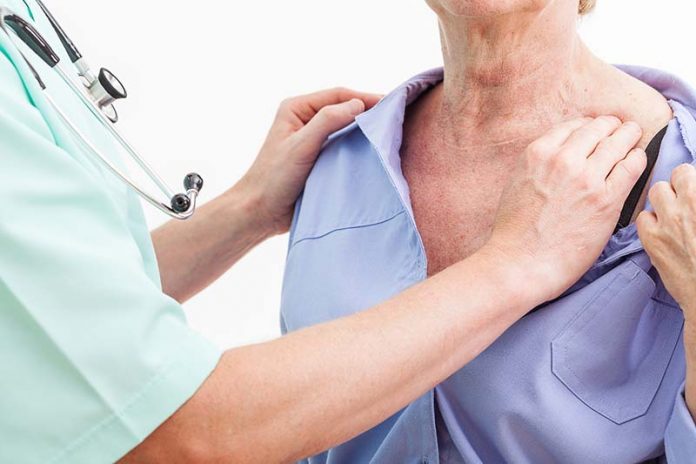The rotator cuff is made up of four muscles that help move and stabilize the shoulder joint. Damage to any or all of the four muscles and the ligaments that attach these muscles to bone can occur because of acute injury, chronic overuse, or gradual aging. This damage can cause significant pain and disability with range of motion and use of the shoulder joint.
Symptoms
The pain associated with a rotator cuff injury may:
- Be described as a dull ache deep in the shoulder
- Disturb sleep, particularly if you lie on the affected shoulder
- Make it difficult to comb your hair or reach behind your back
- Be accompanied by arm weakness
When to see a doctor
See an orthopedic specialist right away if you have a sudden loss of motion after an injury — you could have a substantial rotator cuff tear. If you have pain lasting longer than a few weeks or you’ve been formally diagnosed with a rotator cuff tear, you need to be seen by a shoulder specialist, because some of the surgical procedures are time sensitive.
Causes
Rotator cuff disease may be the result of either a substantial injury to the shoulder or to progressive degeneration or wear and tear of the tendon tissue. Repetitive overhead activity, heavy lifting over a prolonged period of time, and the development of bone spurs in the bones around the shoulder may irritate or damage the tendon.
Risk factors
The following factors may increase your risk of having a rotator cuff injury:
- Age. As you get older, your risk of a rotator cuff injury increases. Rotator cuff tears are most common in people older than 40.
- Certain sports. Athletes who regularly use repetitive arm motions, such as baseball pitchers, archers and tennis players, have a greater risk of having a rotator cuff injury.
- Construction jobs. Occupations such as carpentry or house painting require repetitive arm motions, often overhead, that can damage the rotator cuff over time.
- Family history. There may be a genetic component involved with rotator cuff injuries as they appear to occur more commonly in certain families.
Complications
Without treatment, rotator cuff disease may lead to permanent stiffness or weakness and may result in progressive degeneration of the shoulder joint.
During the physical exam, your doctor will press on different parts of your shoulder and move your arm into different positions. He or she will also test the strength of the muscles around your shoulder and in your arms.
In some cases, he or she may recommend imaging tests, such as:
- X-rays. Although a rotator cuff tear won’t show up on an X-ray, this test can visualize bone spurs or other potential causes for your pain — such as arthritis.
- Ultrasound. This type of test uses sound waves to produce images of structures within your body, particularly soft tissues such as muscles and tendons. It allows dynamic testing, assessing the structures of your shoulder as they move. It also allows a quick comparison between the affected shoulder and the healthy shoulder.
- Magnetic resonance imaging (MRI). This technology uses radio waves and a strong magnet. The images obtained display all structures of the shoulder in great detail. The quality of the images depends greatly on the quality of the equipment used.
Conservative treatments — such as rest, ice and physical therapy — sometimes are all that’s needed to recover from a rotator cuff injury. If your injury is severe and involves a complete tear of the muscle or tendon, you might need surgery.
Injections
If conservative treatments haven’t reduced your pain, your doctor might recommend a steroid injection into your shoulder joint, especially if the pain is interfering with your sleep, daily activities or exercise. While such shots are often helpful, they should be used judiciously, as they can contribute to weakening of the tendon.
Therapy
Physical therapy exercises can help restore flexibility and strength to your shoulder after a rotator cuff injury. Sometimes it is possible to eliminate pain and restore function without surgery.
Surgery
Many different types of surgeries are available for rotator cuff injuries, including arthroscopic tendon repair, open tendon repair, bone spur removal, tendon transfer and shoulder replacement.
Arthroscopic rotator cuff repair
Arthroscopic tendon repair
In this procedure, surgeons insert a tiny camera (arthroscope) and tools through small incisions to reattach the torn tendon to the bone. Arthroscopic tendon repair can provide restoration of the patient’s normal anatomy with a relatively pain-free procedure.
If you would like to consult with shoulder specialist Dr. Watanacai or if you should need any more information then please contact Phyathai Sriracha Hospital on direct line number 089 – 7500293 or Email: [email protected] www.phyathai-sriracha.com










